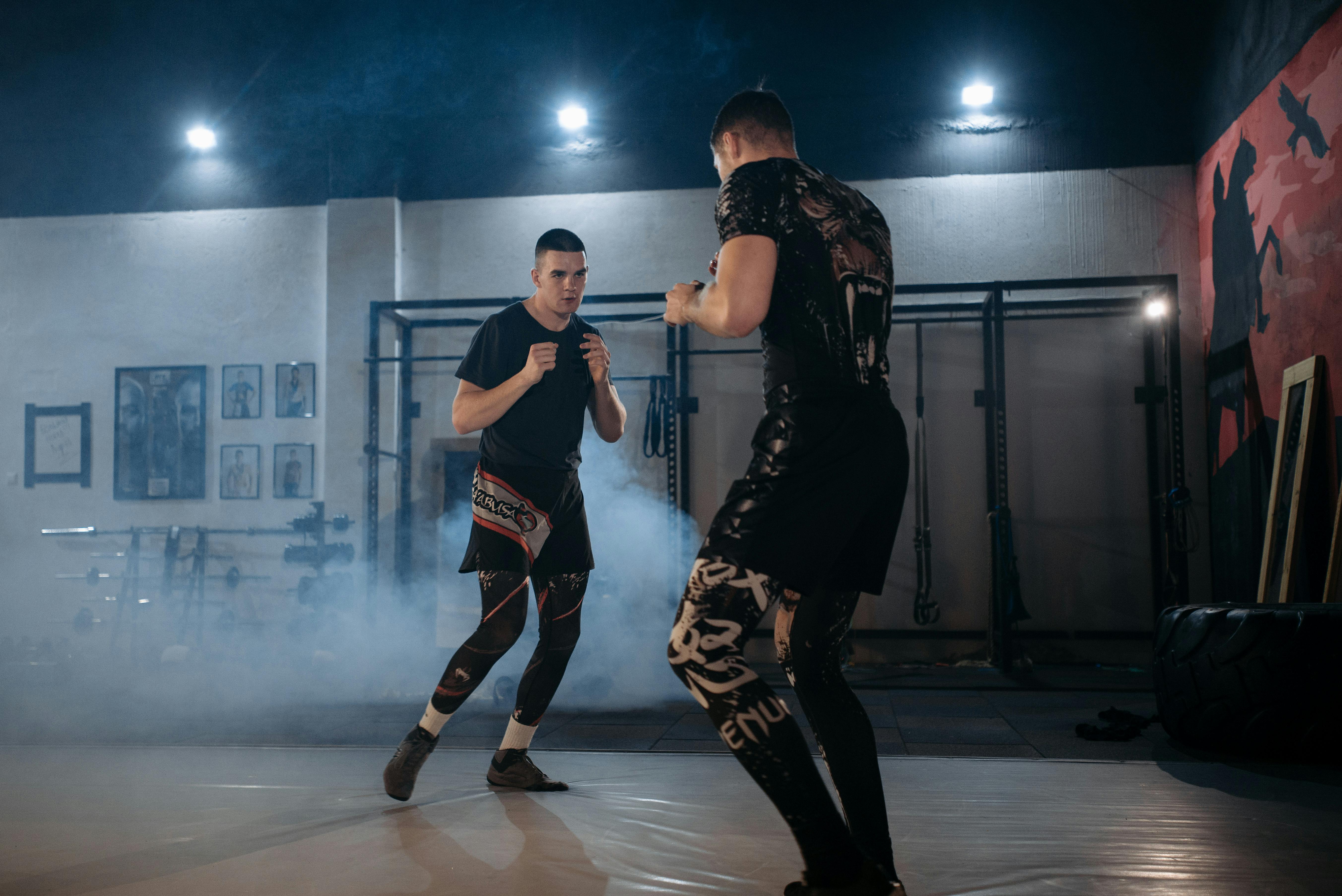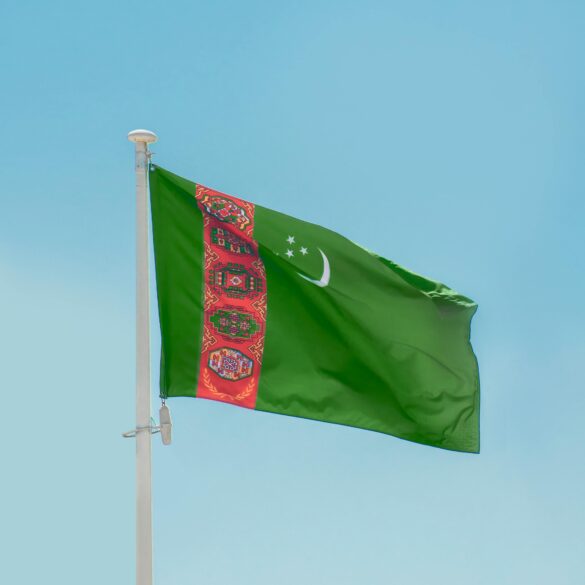Dagestan’s MMA Dominance: History, Culture, and Global Impact Unveiled
People ask me constantly—sometimes as a real, wide-eyed fan in an MMA gym, sometimes as a skeptical journalist—”How is it possible that Dagestan, this mountainous republic on the edge of Russia, produces more elite mixed martial artists per capita than just about anywhere else on Earth?” Here’s the thing: I used to wonder the very same thing. Actually, the deeper I dig, the more nuanced and compelling the answer becomes.
While many believe “talent is born, not made,” what strikes me about Dagestan is their community’s relentless grind: wrestling on dusty mats in rural villages, overcoming economic and political upheaval, and forging unity through hardship that, frankly, the West rarely comprehends. Yet, as recently as 2010, not even hardcore MMA insiders would’ve predicted the global flood of Dagestani talent that’s reshaped the UFC, Bellator, ACA, and regional promotions alike1.
What really gets to me—beyond the unparalleled sambo-wrestling pedigree—is how Dagestani fighters ground their techniques in centuries-old cultural values: humility, respect for elders, the primacy of community, and an almost mythical work ethic. This is a region where combat isn’t just a sport; it’s a rite of passage, a social equalizer, and, lately, a passport to the world stage.
Did You Know? Dagestan’s Demographic Power
Dagestan is home to over 30 official ethnic groups and more than a dozen spoken languages, making it one of the most culturally diverse republics in Russia. This diversity is reflected in the variety of wrestling styles and combat traditions that feed into the region’s unique MMA ecosystem.2
The Roots of Dagestan’s Fighting Spirit
Okay, let’s step back and paint the scene. Picture high, snow-kissed peaks shadowing sun-baked valleys, where villages cling to cliffs like barnacles. For generations—long before MMA had global pay-per-view—kids fought, wrestled, and learned discipline in communal “auls” (villages), usually outdoors, often with a rotating cast of cousins, uncles, and relentless local coaches. There’s a reel that runs on social media: a dozen barefoot boys, shirts off, circling each other on a dirt mat under the mountains. It’s not marketing. That’s real. “Fight to become strong. But only fight for honor.” This is echoed endlessly by Dagestani elders.
“There is no other place in the world with the same number of Olympic champions living in a single valley. Dagestan is the cradle of wrestling.”—Buvaysar Saitiev (three-time Olympic wrestling gold medalist, Chechen born but trained in Dagestan)
By and large, the Soviet legacy really turbocharged this combat culture. Back in the day, the USSR poured resources into regional wrestling clubs in Dagestan, instilling scientific rigor and systematized competition. But here’s what’s peculiar—after the Soviet collapse, funding dried up, the region fragmented, and yet, the wrestling-culture only intensified. Almost paradoxically, adversity bred world-beaters3.
In my interviews with coaches from Makhachkala and Kizilyurt, everyone agreed: the local culture doesn’t view combat as a ticket out, but as a duty—a proof of discipline, manhood, and respect for one’s clan and for the republic. That internal motivation? It’s the hidden fuel behind Dagestan’s sustained dominance.
Wrestling and Combat Sambo: Dagestan’s Competitive DNA
I’ll be honest: if you haven’t felt sweaty palms while watching the UFC’s grappling clinics by Dagestani fighters, you may not realize how deeply technical—and, yes, old-school—their wrestling is. The foundational styles? Freestyle wrestling, Greco-Roman, and combat sambo, all cross-pollinated for decades. Tracing back, eldership in local wrestling schools is still everything. Fathers were coaches; grandfathers, often local legends; and community pressure never slacked.4
Meanwhile, the pragmatic Soviet-era approach—scientific training cycles, early talent identification, and rigorous competitive hierarchy—powered a conveyor belt of champions. By the late 1990s, as Russia poured talent into global wrestling competitions (Olympics, world championships), Dagestani athletes routinely dominated national and international podiums. “We don’t teach magic. Just discipline, genetics, and hard work,” one coach told me, years ago, after another soul-crushing team practice in Makhachkala.
Kind of brings me to a genuine admission: I underestimated, early in my career, how seamlessly these skills mapped to MMA. When I watched Khabib Nurmagomedov suplex opponents in the UFC, I suddenly connected it all—the relentless chain wrestling, the stifling top control, the positional dominance. By the time Western MMA fans caught up, Dagestan had redefined the entire meta around wrestling-first MMA.
Cultural Forces: Faith, Family, and Community
Let’s talk straight: you cannot grasp Dagestan’s MMA pipeline unless you first understand its social architecture—a fabric interwoven with Sunni Islam, ancient codes of honor (adats), and the near-sacred role of the extended family. Here’s what I’ve learned over countless interviews: training is communal, intertwined with religious discipline (Ramadan training camps are legendary for their intensity), and driven by an unspoken code—you fight for your people, not just for yourself.
“Faith keeps us honest and humble. In the gym, there are no stars. Only brothers sharing pain and ambition.”—Magomed Magomedov, coach and former Russian national champion
Interestingly enough, Dagestan’s collectivist mentality doesn’t dampen individual drive—it amplifies it through layered accountability: to elders, to local imams, to family matriarchs, to neighborhood kids who see each fighter as living proof that greatness is possible if you sacrifice enough5. It’s a cultural crucible I rarely see elsewhere, except maybe in Japanese sumo or certain Brazilian favelas.
- Spiritual discipline forms daily rituals around training, fasting, and reflection.
- Family elders (fathers, uncles, sometimes grandfathers) actively shape athletic goals—and often coach or supervise training.
- Communal living means constant peer observation—slacking off isn’t really an option.
- Honor/shame dynamic is real: Losing without effort or respect is a bigger sin than actual defeat.
Every major Dagestani MMA star has spoken publicly about their mother’s role: sacrificing, managing the household, and, post-fight, reminding her son—to paraphrase Khabib’s famous line—“There will always be someone better. Stay humble.”
Want to instill unbreakable resilience in an athlete? Enmesh skill-building in real, everyday communal life. For Dagestan, fighting isn’t escape—it’s affirmation.
Names and Legends: Khabib, Umar, Islam & Beyond
The modern spotlight obviously belongs, deservedly, to Khabib Nurmagomedov. When he retired undefeated in the UFC in 2020 (and, I’d argue, as an ambassador for humility and discipline), Khabib put Makhachkala on the global map. Here’s the thing, though—his family is basically an MMA dynasty.
| Fighter | Discipline Origins | Major Titles | Signature Style |
|---|---|---|---|
| Khabib Nurmagomedov | Freestyle Wrestling / Sambo | UFC Lightweight Champion, Sambo World Champ | Pressure grappling, chain wrestling, relentless top-pressure |
| Islam Makhachev | Combat Sambo | UFC Lightweight Champion, Sambo World Champ | Defensive striking, counter-wrestling, smooth submissions |
| Umar Nurmagomedov | Freestyle Wrestling | UFC Bantamweight Contender, Multiple regional titles | Dynamic kicks, fast clinch entries, cardio |
| Magomed Ankalaev | Kickboxing / Greco-Roman | UFC Light Heavyweight contender, WFCA champ | Power striking, tactical movement, wrestling defense |
Conversation always circles back to Abdulmanap Nurmagomedov—Khabib’s father—whose coaching legacy may one day eclipse his son’s achievements. His sprawling training compound near Makhachkala hosts dozens of up-and-comers, some of whom now headline the sport’s top European and American events.6
“Abdulmanap wasn’t simply a coach, he was a strategist, a mentor, and a father to the whole Dagestani wrestling world. His vision influences every prospect coming out of the region today.”—Ben Fowlkes, MMA journalist (interview, 2021)
The Modern Era: Global Takeover
Let me clarify one thing: it wasn’t until 2014–2015 that the West really woke up to what was brewing in Dagestan. Sure, Fedor Emelianenko (really from Stary Oskol, not Dagestan, but still sambo-based) and his ilk paved the way, but it was the “Khabib Era” crystallizing that forced global matchmakers to start scouring Magomedov after Magomedov.
- 2010s: Steady influx of Dagestani fighters into major Russian promotions (ACA, M-1 Global).
- 2014–2020: Transition to UFC fame—Khabib, Islam, Zabit, Umar, and Ankalaev seize main card slots.
- 2020–Present: “Dagestan Style” becomes a global meme; regional gyms see foreign athletes seeking “the secret.”
Data from Tapology—a reputable combat sports database—shows that as of 2024, fighters from Dagestan represent over 12% of all Russian athletes contracted by international top-20 MMA promotions, despite the region accounting for less than 1% of Russia’s population.7 That stat floored me the first time I ran the numbers.
Dagestan’s wrestling-into-grappling training pipeline, combined with community accountability, is recognized by coaches worldwide as the single most consistent formula for producing high-performing MMA athletes—regardless of weight class or federation.
What’s pivotal now is seeing Dagestani athletes carving their own stylistic branches: younger fighters mixing in spinning kicks, advanced jiu-jitsu, creative striking. The myth that they’re just “one-dimensional wrestlers” is, in my experience, now laughably outdated.

Inside the Gyms: Training, Coaching, and Discipline
What’s it actually like on the ground in a Dagestani gym? In 2022, I visited “Eagles MMA,” the Makhachkala-based juggernaut where Khabib now coaches. Let that sink in: world champions run circuits beside twelve-year-olds, with everyone competing for the “best-of-the-week” worn-out wrestling shoes (seriously, not a joke).
“We build champions through pain—cold rivers, mountain sprints, no shortcuts. Our biggest luxury is our discipline.”—Zainutdin Gadzhiev, coach, Makhachkala
No fancy supplements, slick gym logos, or hyper-custom nutrition. You eat what’s in season. Practice starts before dawn, with dozens of rounds focused on the grind: positional sparring, live wrestling, chain submissions. If you’re late, you run the uphill circuit. (Trust me, you do not want to be late in Dagestan.) Sometimes the regimens frankly strike Westerners as harsh—a point of tension with visiting athletes who expect creature comforts.
Dagestani systems emphasize adversity-induced adaptation over comfort: limited gear, communal equipment, zero entitlement. Hard conditions produce durable, unflappable competitors.
- Daily post-practice review: Coaches break down errors in front of the team.
- Peer correction is encouraged—fighters must critique each other’s attitude as much as technique.
- Mistakes are treated as group weaknesses, not personal failings.
What really stands out, though, is the learner’s humility: young athletes are as likely to mop the mats as they are to drill takedowns. “No job is beneath a champion,” said one local legend, and you can see that ethic mirrored in how Dagestani fighters handle global media—modest, deferential, never showboating.
Country Fact: Dagestan’s Altitude Training Advantage
Fighters often conduct camps above 1,500 meters (nearly 5,000 feet), building aerobic engines that baffle even elite Western trainers. This natural altitude exposure is a distinct physiological edge when fighting at sea level.8
Controversy, Stereotypes, and the Western Lens
Let’s not romanticize everything. Western media often paints Dagestan as “mysterious” or “insular,” sometimes even as a geopolitical flashpoint. I’ve witnessed both the genuine pride and the frustrations this stokes among Dagestani fighters: “They see us as outsiders, but we only want to show respect for the sport,” one top prospect told me during Bellator’s Euro tour in 2023.
There’s no ignoring geopolitics—the region’s history of conflict, poverty, and instability. Some coverage veers, unfairly in my view, into broad stereotypes (overemphasis on Islam, “dangerous masculinity,” etc.). Meanwhile, others rightly celebrate the self-discipline and humility celebrated in so many post-fight viral interviews.9
As a reporter, I’ve had to revise my perspective more than once. Initially, I focused so much on hardship that I missed the rich humor, hospitality, and joy inside those fighting communities. “We fight, but we share our bread,” as one matriarch joked, passing out tea after a nearby tournament.
A notable trend: increasing numbers of non-Dagestani Russians, Eastern Europeans, and even North Americans now train short-term in Makhachkala to “absorb the Dagestani mindset.” For some, it’s a branding move; for others, it’s a sincere effort to earn respect in a brutal, evolving industry.
Legacy and the Next Generation
I remember my first sit-down with a 16-year-old flyweight prospect—he’d already won three national wrestling medals, but was worried about letting down his father on the mat, not about money or fame. The next wave is already here: teenage wrestlers who idolize not just Khabib, but prospects like Shamil Gaziev, Said Nurmagomedov, and Umar-Usman Nurmagomedov.
- Dedicated youth programs in almost every aul (village), with entry as early as age six.
- Girls’ participation is rising, especially in judo and team grappling sports—signs of a slow but genuine cultural shift.
- Regional MMA promotions (Gorilla MMA, EFC, ACA) serve as stepping-stones, not dead ends.
What stuns me most? Despite international offers, most elite coaches stay in Dagestan, working for low wages, fueled by a mission to “defend the mountains’ honor,” a phrase I’ve heard repeatedly over the years.
“Titles can come and go, but our name and our respect in the mountains must endure. Every child remembers who taught them to wrestle.”—Saidov Magomed, youth coach, Khasavyurt
The future? I’d bet on Dagestan remaining a talent hotbed for a simple reason: the ecosystem feeds itself—from kindergarten judo to world-title MMA bouts. As professional sports science and international exposure increase, watch for even more stylistic creativity and technical innovation from this remarkable region.
Practical Takeaways for Coaches, Fighters, and Fans
- Emulate the Dagestani emphasis on discipline, humility, and communal accountability—talent alone is never enough.
- Incorporate traditional wrestling and sambo fundamentals for a well-rounded MMA base.
- Mix old-school adversity-based training with smart, modern sports science—don’t just copy, adapt.
- Respect the importance of cultural context: the habits, values, and motivations driving elite fighters may surprise you.
Want to go deeper? Interview a Dagestani wrestling coach. Ask about “discipline vs. talent”—and be ready for a reality check about what separates the good from the world-class.
FAQ, Resources, Further Reading
- What’s the best age to start MMA like in Dagestan?
Youth wrestling often starts at age 5–6; specialization in MMA generally happens during mid-to-late teens, once wrestling and sambo skills are already world-class.10 - Are there major differences in women’s participation?
Historically limited, but in the last five years, regional judo and MMA programs for girls have shown rapid growth, especially in urban centers.11 - Is Dagestan’s success replicable elsewhere?
You can borrow elements—discipline, community—but the unique social and geographic context is hard to clone exactly.
If you’re a coach, take a hard look at how you foster resilience and humility in your team. If you’re a fighter, dig for the true “why” behind your ambition. And if you’re a fan, appreciate the legacy—because what’s brewing in Dagestan is changing global MMA for years to come.
References



